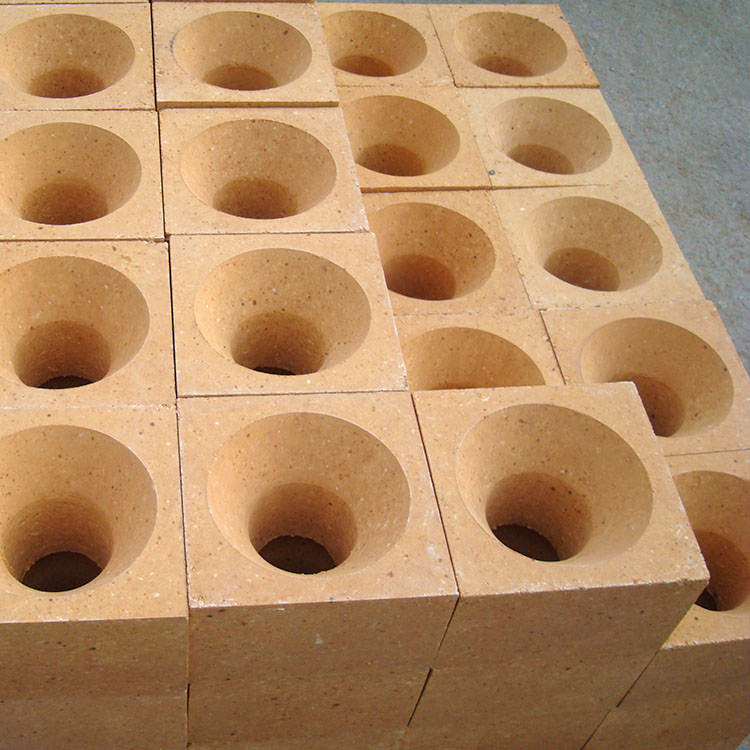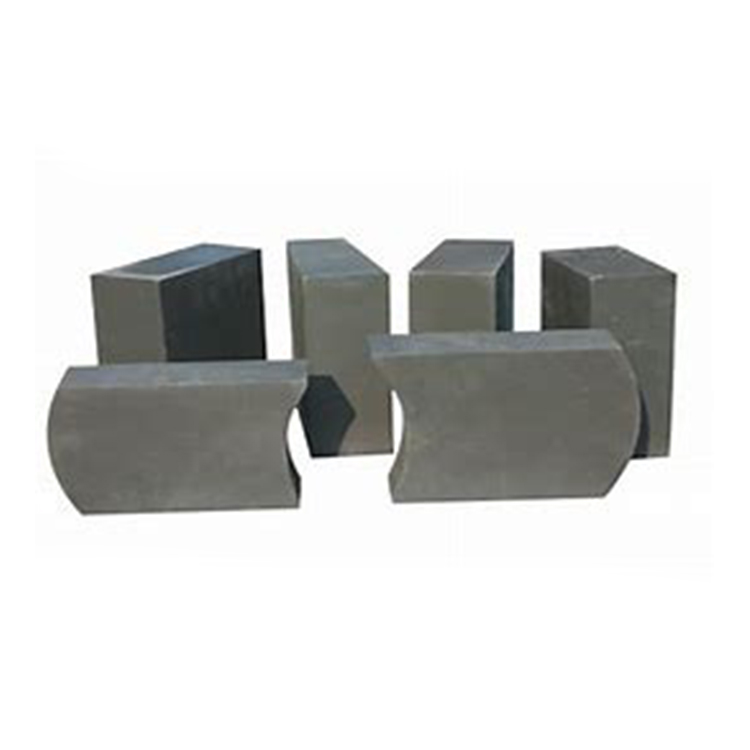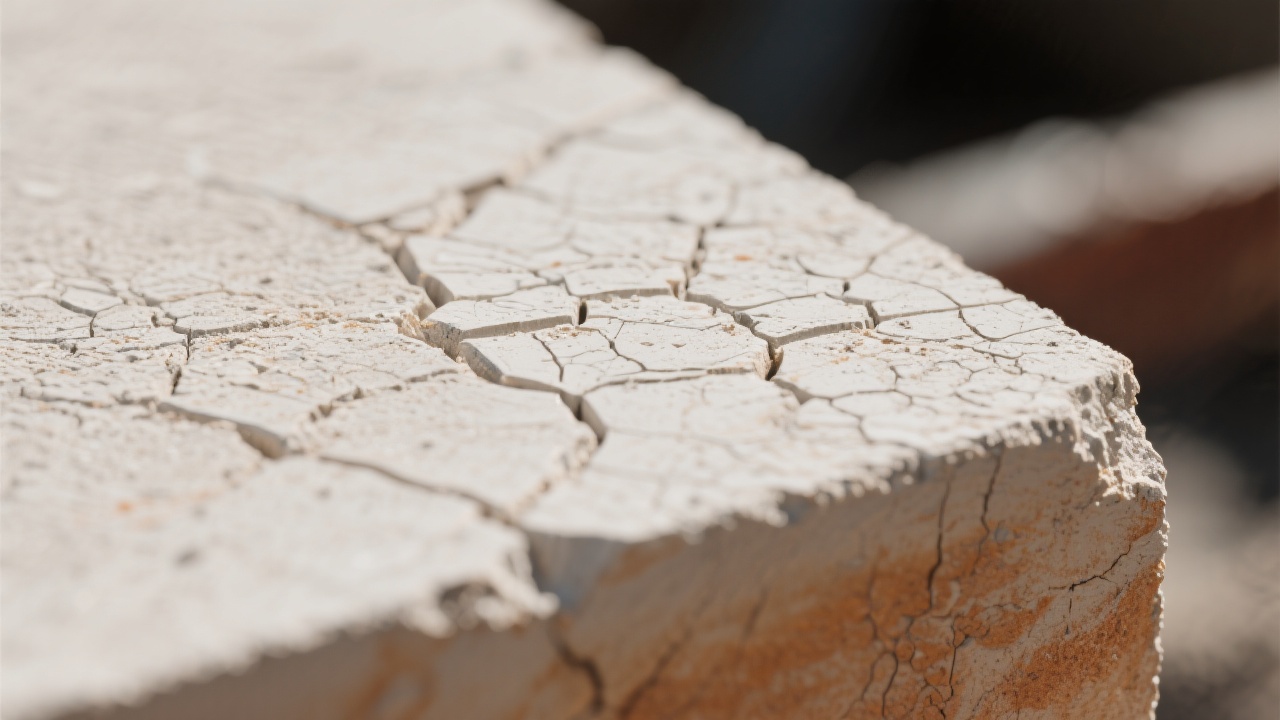
High-temperature industrial kilns operating between 1000ºC and 1300ºC require refractory materials with optimal thermal stability, mechanical strength, and resistance to thermal shock to ensure long service life and minimize downtime. Among the commonly used refractory materials, cordierite and mullite stand out for their distinct properties tailored for specific kiln environments. This article delves into a comprehensive comparative analysis of their performance parameters supported by real-world industrial case studies, enabling engineers and production managers to make informed decisions for kiln lining solutions.
Cordierite refractory bricks exhibit excellent thermal shock resistance due to their low thermal expansion coefficient (approximately 2.5 × 10-6 /ºC at 20ºC–1000ºC). This minimizes cracking during rapid temperature fluctuations common in ceramic and glass industries. However, their upper service temperature is generally capped around 1300ºC, beyond which structural degradation may accelerate.
Mullite refractories, conversely, tolerate temperatures up to 1600ºC with superior creep resistance and high mechanical strength retention at elevated temperatures. Their thermal expansion coefficient ranges around 5.5 × 10-6 /ºC, thus requiring more careful design against thermal shock but offering enhanced dimensional stability under prolonged heat exposure.
The difference in thermal expansion between cordierite and mullite means their application suits different kiln cycles and heating rates:
| Property | Cordierite | Mullite |
|---|---|---|
| Thermal Expansion Coeff. (20–1000ºC) | ~ 2.5 × 10-6 /ºC | ~ 5.5 × 10-6 /ºC |
| Maximum Use Temperature | 1300ºC | 1600ºC |
| Resistance to Thermal Shock | High | Moderate |
| Creep Resistance at 1300ºC | Moderate | High |
Thermal shock resistance is critical for kiln lining subjected to frequent heating and cooling cycles. Cordierite’s low expansion minimizes cracking caused by uneven temperature changes, making it ideal for applications such as tunnel kilns in the ceramics industry where rapid heating is routine.
Mullite offers superior creep resistance, essential in continuous high-load environments such as metallurgical furnaces where mechanical deformation over time can impair performance. Despite higher thermal expansion, engineered mullite grades with optimized microstructures help mitigate thermal stress.

A leading ceramic tile manufacturer replaced their traditional clay bricks with high-purity cordierite bricks in their 1100ºC glazing kilns. The result: a 30% reduction in lining failure rates and a 15% improvement in firing uniformity, facilitating higher product yields with less downtime.
In the glass container industry, mullite bricks are preferred in sections exposed to temperatures nearing 1300ºC due to their structural integrity and resistance to deformation under load. A case study showed mullite-lined kilns sustaining 10,000+ heating cycles with minimal dimensional changes, outperforming alumina-based linings.

Industry standards such as ASTM C71 for thermal shock testing and ISO 18754 for refractory brick density and porosity provide the benchmark for assessing suitability. Thermal expansion measurement with dilatometry and creep testing at set temperatures deliver essential data for predictive maintenance planning.
Data interpretation should focus on matching refractory properties to kiln operational patterns, prioritizing low thermal expansion and thermal shock resistance for cyclic applications, and high creep resistance for continuous load-bearing scenarios.

To empower engineers with actionable data, comprehensive performance parameter sheets, including thermal expansion coefficients, mechanical strengths, and durability indexes for various grades of cordierite and mullite, are available for download. Additionally, an interactive selection tool guides users through operational scenarios to recommend optimal refractory compositions.
Access Complete Performance Parameter Sheets & Selection Guide

